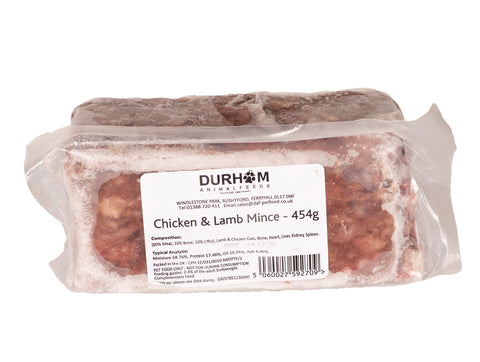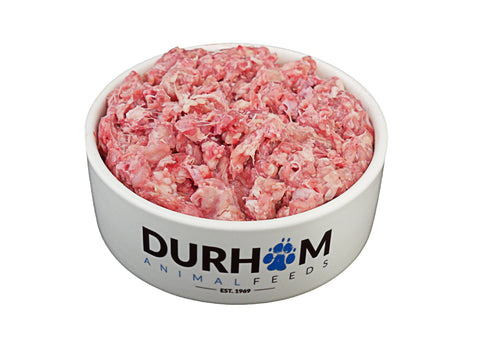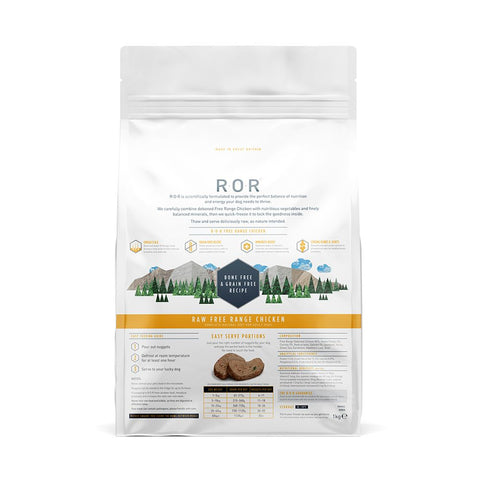Guide To Caring For Dwarf Hamsters

Shopping List
- Book on hamster care
- Cage/housing unit
- Litter and bedding material
- Food for dwarf hamsters
- Food dish
- Water bottle and bottle brush
- Exercise wheel
- Gnaw block
- Treats
- Toys
General Care
Hamsters are generally hardy animals and normally stay healthy throughout their lives. They can, however, suffer from coughs and sneezes and their nose and eyes may run, so keep them warm and away from any draughts if these occur. Some Dwarf hamsters develop diabetes, which shortens their lifespan.
Hamsters’ teeth do sometimes overgrow if they do not meet properly, making eating difficult. If this occurs the teeth must be trimmed regularly, which should be done by your vet.
If your hamster escapes from its cage, try putting a box in the corner of the room with some of his favorite food in – you might find him it in the next morning.
If you are concerned about your hamster’s health speak to your pet shop or vet.
Choosing Your Hamster
A healthy hamster should be:
Bright and alert
Have no signs of discharge from eye, ears, mouth, and nose
Have a clean anal area
Have a glossy coat with no bald patches and no have sores on the skin
Should have no signs of breathing problems
Should move around the cage easily with no stiffness or staggering
Shouldn’t feel too skinny or bony
Housing
Plastic cages with wire tops are ideal as they are easy to clean and should be escape-proof. The cage should be big enough to provide adequate space to divide their accommodation into an eating, sleeping and toilet area. More space or two adjoining rooms or stories will add to their environmental enrichment. Some cages have extra rooms and tubes available, which provide good stimulation for your pet. It is recommended to choose a cage that is specifically designed for Dwarf hamsters, as bars on Syrian hamster cages can sometimes be wide enough for a Dwarf hamster to squeeze through. Hamsters are indoor pets and should be kept in a stable temperature, ideally between 17C and 23C and avoid sudden changes in temperature. The cage should not be placed in draughts, direct sunlight, next to a radiator or in damp or humid conditions. Dwarf hamsters will go into a state of very deep sleep, similar to hibernation, if there is a sudden drop in temperature below 5C
Hamsters require lots of exercise and their cage should include a suitably-sized exercise wheel.
Soft, dust-free woodchips make a good floor covering for your hamster’s cage. Soft shredded paper can be used as bedding and nesting material – it is recommended not to use fluffy bedding. The cage should be emptied and fully cleaned with a pet safe disinfectant at least once a week.
Food And Water
Hamsters are omnivores and so will enjoy a varied diet. A good, commercial Dwarf hamster mix or pellet will provide the nutrition they require. This can be supplemented 2-3 times a week by small amounts of fresh fruit (not citrus) or vegetables (not onion).
Hamsters have pouches in their cheeks, which they use to carry and hoard food, check for any uneaten fresh food and remove daily.
Extra protein in the form of cooked chicken, boiled egg or mealworms can be given a couple of times a week. Your hamster will also enjoy a small bowl of milky porridge several times a month.
Additional vitamin supplements or a mineral block can be added to your hamster’s diet. Feeding bowls should be gnaw-proof, easy to clean and hard to knock over.
Fresh clean drinking water must always be available. It can be provided by a gravity-fed water bottle designed to suit your hamster’s cage.
Handling
It is important that you handle your hamster regularly to help you build up a relationship.
When you first get your hamster home, leave him to settle in for 24 hours to allow him time to get used to his new surroundings.
Slowly place your hand in the cage so he gets used to your smell.
When he seems happy, gently cup one hand under him and one hand over him, and pick him up. Always concentrate on holding your Dwarf hamster as they can be very quick and can slip out of your hands. Roborovski hamsters in particular are very small, so great care should be taken when handling them.
Do not try to handle your hamster if he has just woken up as they feel vulnerable at this time and may bite.
The Animal Welfare Act 2006 means all pet owners have a legal duty of care to their pets. Anyone who is cruel to an animal or is found not to be providing the five animal welfare needs, as listed below, can be fined and sent to prison.
The Five Animal Welfare needs:
- Environment: Pets should be given the correct housing according to its size, this includes shelter, space to exercise and a secure, comfortable place to rest.
- Diet: Pets should be offered the correct type and volume of food to cover all their nutritional needs alongside access to clean, fresh water.
- Behaviour: All pets should be allowed to exhibit normal behaviour patterns and should be provided with the facilities to do so.
- Company: Some animals require the company of their own kind, whilst others should be kept on their own.
- Health: All animals should be protected from pain, suffering, injury, and disease, and given veterinary treatment if they become sick or injured.
Credit to The Pet Charity www.thepetcharity.org.uk
Registered Charity No: 1052488









